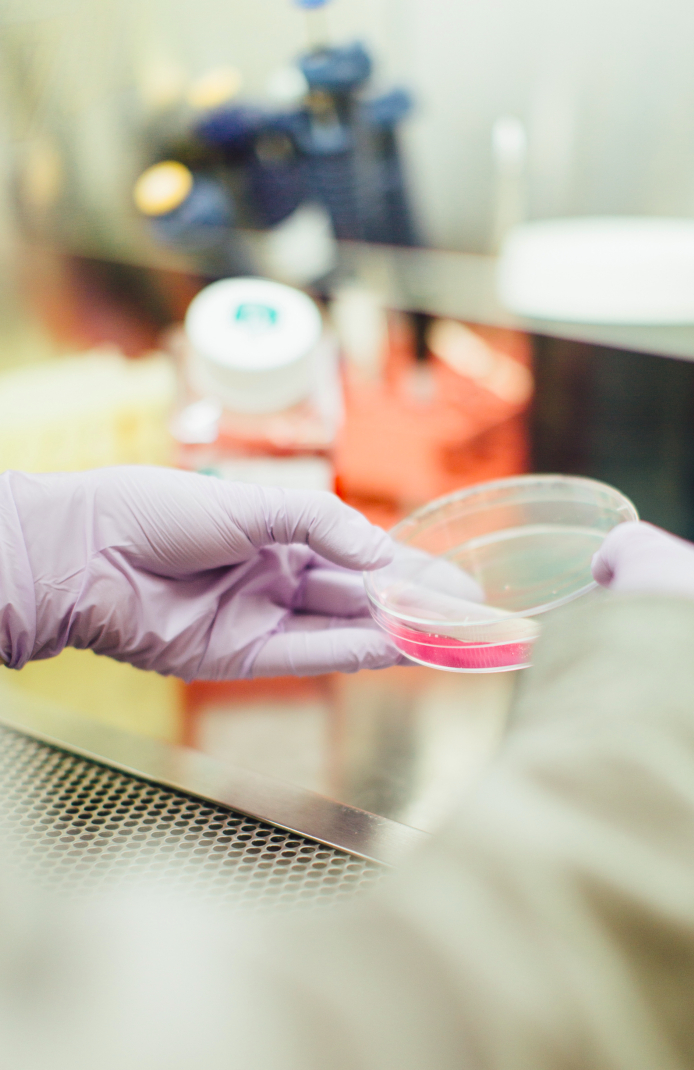 The School of Health Sciences at the University of Zambia Ridgeway Campus is a leading centre of learning, teaching and research in Zambia. The school was established in 2017 after separating the Departments of Pharmacy, Physiotherapy and Biomedical Sciences from the School of Medicine at Ridgeway Campus. With the inclusion of entrepreneurship, leadership and management in our curricula, we provide students with a world-class learning experience focused on educating the whole person. Driven by motto of “service and excellence”, our students are challenged to engage in the world and become men and women in the service of others in the community. Located in Zambia’s capital, Lusaka, our school offers rigorous degree programs in Pharmacy, Physiotherapy, Radiography, Prosthetics and Orthotics, and Biomedical Sciences. We also conduct various need based short courses in laboratory management, molecular techniques, pharmacy and Prosthetics and Orthotics.
The School of Health Sciences at the University of Zambia Ridgeway Campus is a leading centre of learning, teaching and research in Zambia. The school was established in 2017 after separating the Departments of Pharmacy, Physiotherapy and Biomedical Sciences from the School of Medicine at Ridgeway Campus. With the inclusion of entrepreneurship, leadership and management in our curricula, we provide students with a world-class learning experience focused on educating the whole person. Driven by motto of “service and excellence”, our students are challenged to engage in the world and become men and women in the service of others in the community. Located in Zambia’s capital, Lusaka, our school offers rigorous degree programs in Pharmacy, Physiotherapy, Radiography, Prosthetics and Orthotics, and Biomedical Sciences. We also conduct various need based short courses in laboratory management, molecular techniques, pharmacy and Prosthetics and Orthotics.
Historical Review
The Zambia National Health Strategic Plan 2011-2016 recognises the critical shortage of Biomedical Scientists, Pharmacists Radiographers, Prosthetist-Orthotists, and Physiotherapists across the country and the need for the current professionals to upgrade their qualifications. In responding to these needs, the former School of Medicine (soon to be converted into the College of Medicine and Health Sciences) has taken the initiative to expand the training of health professionals through a restructuring process that allows the Departments of Biomedical Sciences, Pharmacy and Physiotherapy to explore new and innovative ways of improving training and maximising operational efficiency. In 2017, these three departments were restructured into the School of Health Sciences. The School of Health Sciences strategic plan 2016-2021 seeks to reposition the School to provide and maintaining excellence in teaching and learning through improved market oriented and stakeholder supported curricula, increasing enrolments in its programmes, enhancing and developing its research potential and activities as well as attaining financial sustainability.

